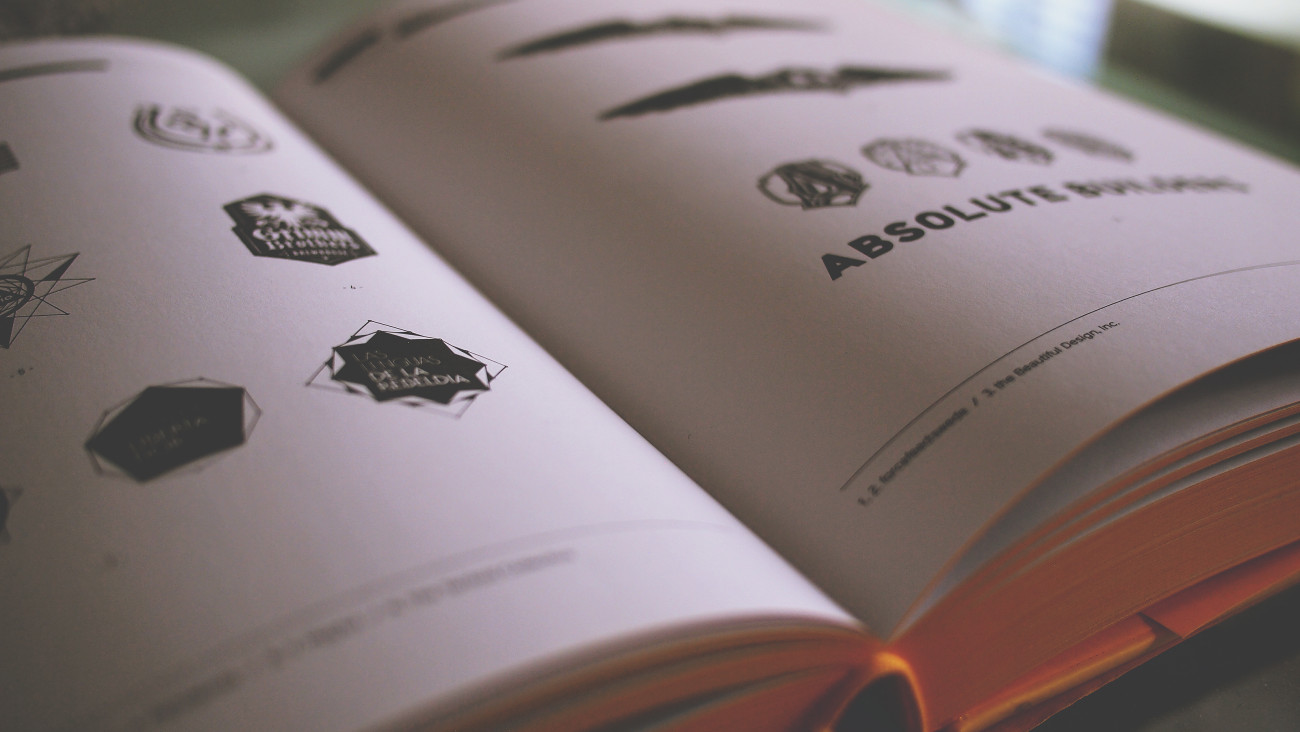The main business-related problem designers will face early in their careers is navigating the how-to-get-paid-for-things waters. There are so many potholes, nightmare scenarios, and snake-oil businesspeople vying to get free work that, when combined with the “you must first build your résumé while not getting paid” notion that is wrongfully being accepted as normal practice today, it can seem impossible to understand how to be protected from falling into the trap of not being paid and/or doing headache-inducing work. Here are a few tips & pieces of advice to protect yourself from being raked over those coals:
1. Get it in writing.
Get project scopes explained fully and make sure both sides understand exactly what’s being done (specific constraints, milestones, revisions, changes, pricing, timeframe, etc.). Use a contract if possible, or at least get it all in email.

Contract samples:
Smashing Magazine Contract Samples
Contract Killer 3, open source contract by Stuff & Nonsense
2. No spec work.
If you ever see something like “We’re asking for examples from different firms/people” or “We’d like to see what ideas you have first,” politely explain to the client that you don’t work for free. You’ll run the risk of not getting paid and — worse — the possibility that the client uses your work anyway. You don’t get to sample the steak before you eat it.
Check out NO!SPEC for more.
A caveat: There are certainly situations where you might choose to do Pro bono work or have a genuine need to build a portfolio (e.g. you’re a student), but tread carefully.
3. Upfront payments.
Those who argue won’t pay after anyway. ½ upfront / ½ at end (or ⅓ / ⅓ / ⅓) is standard practice; anyone who doesn’t think that’s fair (i.e. they’re against anything upfront) is going to treat you poorly with money. This rule and the next are the 2 most important in protecting yourself from being screwed over. If you do work before receiving any payment, you hold none of the negotiating chips; the person can simply walk away (with your work, if they like) and you will have no recourse (short of taking them to court, but that’s not really the goal and it will wind up costing you more time/money anyway).
4. Never send final work before final money.
“End of project” means “once the client gives the OK, but before final work is sent”. Don’t send a website live before you have the money, and don’t send vector/hi-res graphics files for print. Use your own hosting (mywebsite.com/projects/project_name), and send low-res/raster files that are suitable for viewing but not for printing. See above re: negotiating power. I found out the hard way that clients are much more likely to have an “I’ll get around to it” attitude about paying when the final artwork had already been sent.
5. Look for red flags. Be prepared to politely decline.
Look out for warning signals. A client who tells you they have design skills/experience/“eye” can be trouble because they will likely not respect your ideas. Design by committee (i.e. a group of people must approve your work, rather than a single point person) is trouble because it invites the “too many cooks” problem. Watch out for things like “this will look great in your portfolio” — it means “we don’t want to pay you”. Also, for job listings, “Code ninja”, “Design warrior”, or other meaningless phrases tend to signal the person who wrote the listing doesn’t understand much about the topic and wants the reader to feel like their firm is hip/trendy.

Other notable phrases you might hear, and their translations:
This will lead to paid work.
I don’t want to pay you, and I will have an excuse later as to why it didn’t lead to paid work.
It won’t take long.
I have no idea how long it should take, nor do I care; I just know that I want to pay for 10 minutes of work.
Feel free to just be creative.
I’m not sure what I want, but I’ll know it when I see it.
Let your creative juices flow.
I have no direction for you and want to see a billion styles for the price of 1.
Think outside the box.
I’m under the illusion that “different” automatically means “better”. Also, I was born in 1937 and haven’t updated my idioms.
Frankly, there are a huge number of things that could fall under the “red flag” heading, and an entire list could be dedicated solely to it. Case in point: be aware. Don’t have an itchy trigger finger or you’ll turn away clients, but be cognizant of things that will cause you headaches and be more trouble than they’re worth.
6. Avoid working for friends/family.
Money is a touchy subject with some people, and work isn’t worth ruining a relationship. If you’re going to do this, make the constraints all the more clear. If you give someone a great price because you know them, it might bite you in the ass later. If you offer free work, consider that the person might ask more of you than you expected.
7. Pick your battles.
Something you’ll face a lot is the large disparity in clients with regard to creative control; some will give you too much (open ended, no direction), some not nearly enough (telling you exactly what they want designed). Don’t argue every time someone doesn’t like what you make (err toward folding to their wishes, but explaining your design decisions).
8. Sometimes, swing for the fences with pricing.
Some people want something for nothing. Don’t work for them. Be fair with your pricing, but understand that in design, clients are not paying for labor/time, but for skill/end-product. Try to glean what a client can pay, and make that part of your decision. You’re often going to be careful with pricing to make sure you don’t lose a job, but sometimes it couldn’t hurt to test the waters. Maybe you get a brief for a project that you don’t totally love — instead of just turning it down, try doubling (or tripling) what you’d normally charge. If they say no, you’re where you’d have been anyway.
9. Learn all the things.

Don’t be nervous about taking on things that you aren’t sure you can do, because you’ll figure it out — necessity is the mother of invention. Try to imagine a giant web of every skill/profession and their interconnections. From your master skill — design — you should at least know a bit about all the skills that touch it. It will make your work better.
10. Reputation is everything.
Get good clients as heralds of your work early, and you can choose your work down the road. Think of the kind of designer/worker you want people to think of you as — be that.
Conclusion
There are inevitably going to be times that you’ll feel stuck between two bad choices: the appearance of a good opportunity, and not being paid (or being paid something that isn’t worth the cost). Learning to make the hard decision of sticking to your guns and swallowing the loss of potential work is an invaluable trait to carry, especially when you’re in business for yourself.
